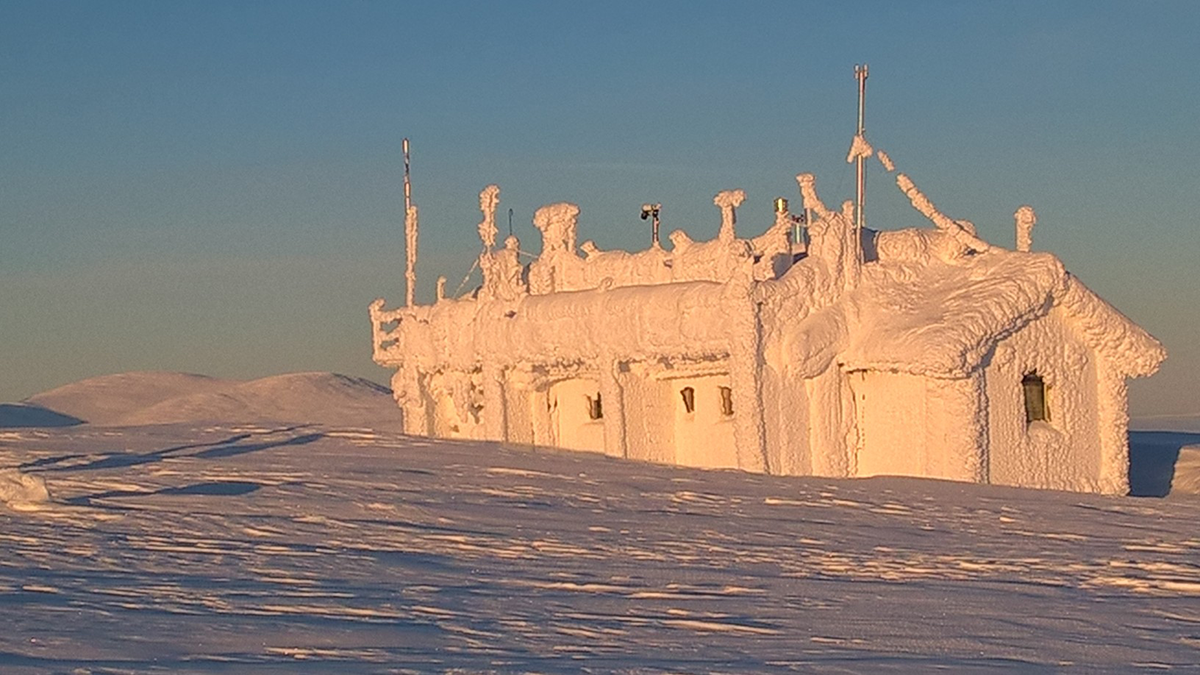Top-level research at Pallas is at the core of the Purest Air brand

Pallas is one of the most important climate and air quality research stations in northern Europe. The data obtained by the station is unique in terms of the number of variables being measured and the station’s location. Its northern location, interdisciplinary cooperation and long history of measurements are the key assets of this weather station focused on atmospheric research.
“In addition to top-level research, we want to use this data we produce directly for the needs of society. Together with the actors in Lapland, we have developed services based on our research results that can be utilised by tourists and businesses operating in the area,” says Head of Unit Antti Hyvärinen.
Data products on the air quality in Pallas and its measurement can be found on the Purest Air website.
You can explore the research station from the comfort of your home
The secret of the clean air in Pallas is the location of the research station nearly 200 kilometres north of the Arctic Circle, far from the world's pollution sources, in the Pallas-Yllästunturi National Park, where there are no local emissions.
“The integrity of the research station must continue to be preserved, and visits to the station cannot be allowed on a large scale. The station can, however, be virtually visited through 360-degree videos,” says Head of Group Eija Asmi.
In the videos, researchers talk about atmospheric research conducted at the station and the everyday life of a researcher.
“The claim that Finland has the world’s cleanest air is based on a fairly simple World Health Organisation (WHO) statistics published in 2018, which show the global concentration of fine particulate matter. This claim can be confirmed especially in the Pallas region based on long-term world-class research data,” explains Research Scientist Pia Anttila.
To illustrate the air quality in Pallas, researchers developed a real-time web application, the Pallas Air Quality Index. It describes the air quality in the region on a scale of good, very good, excellent and the purest air in the world.
“The air quality in Pallas is almost always in ‘the purest air in the world’ category, while global reference stations hardly ever reach the top class,” Anttila says.
The website and its material have been produced in a project implemented by the Muonio municipality, the Finnish Meteorological Institute, Metsähallitus/Nature Services and Lapland University of Applied Sciences.The project has been funded by the ERDF, Leverage from EU 2014-2020 and the Regional Council of Lapland.
Further information:
The Purest Air website: Pallas Air Quality Index and information on air quality
Antti Hyvärinen, Head of Unit, Finnish Meteorological Institute, tel. +358 29 539 5444, antti.hyvarinen@fmi.fi
Eija Asmi, Head of Group, Finnish Meteorological Institute, tel. +358 29 539 5352, eija.asmi@fmi.fi
Pia Anttila, Research Scientist, Finnish Meteorological Institute, tel. +358 50 368 6420, pia.anttila@fmi.fi
Jesse Köri, Project Coordinator, Muonio municipality, tel. +358 40 145 5774, jesse.kori@muonio.fi
